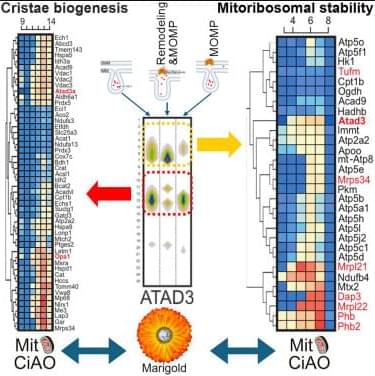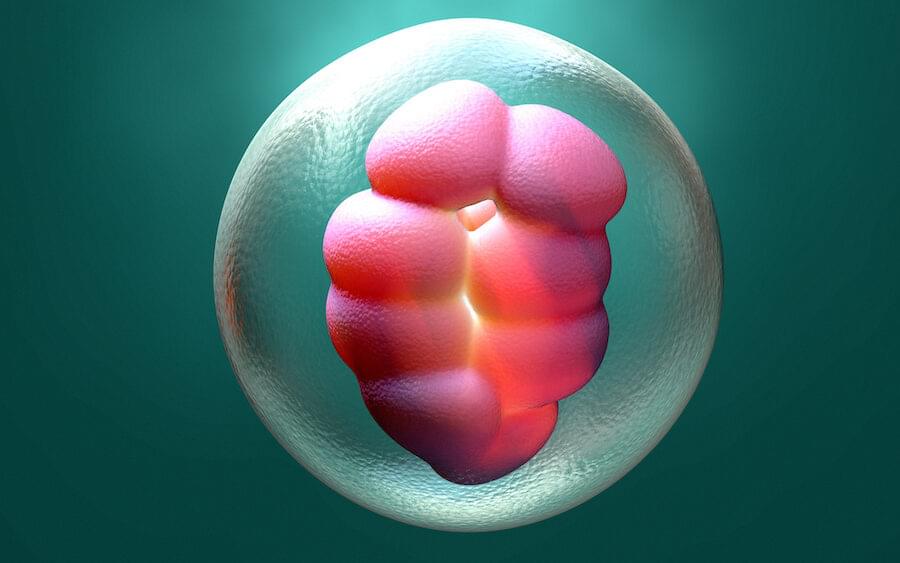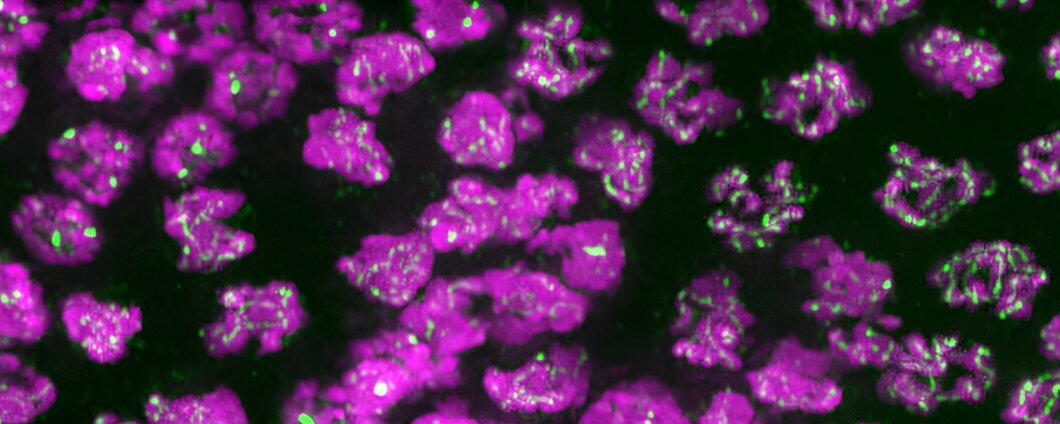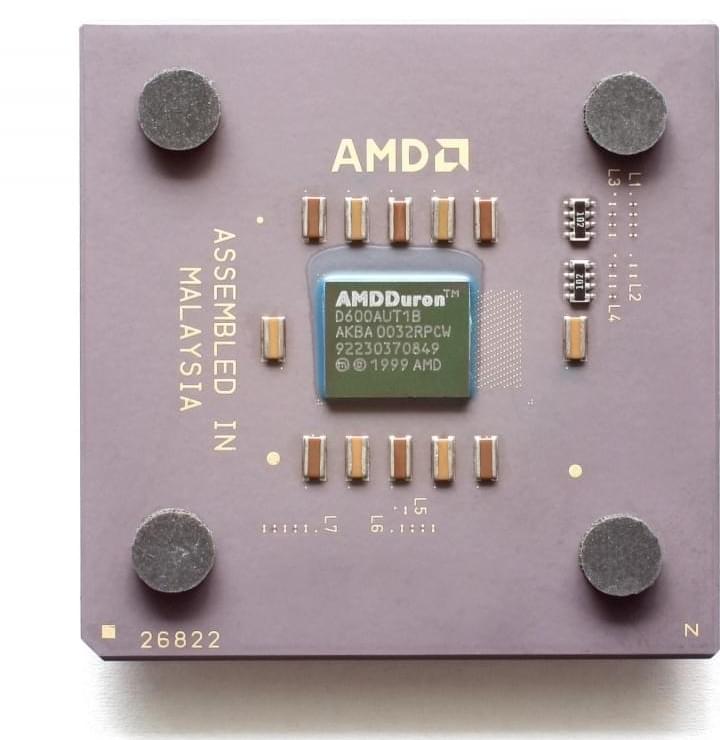Tools for mitochondrial protein complex evaluation during remodeling.
Assembly of mitochondrial proteins into high molecular weight complexes is essential for their functions.
The authors developed and validated two searchable compendia of these mitochondrial complexes.
These two online-available tools, MARIGOLD and MitoCIAO, map the mitochondrial protein interactions during membrane remodeling.
MARIGOLD provides ‘‘digital western blots’’ of queried proteins in their native complexes. MitoCIAO predicts their comigrating partners. MitoCIAO correctly predicted biologically validated interactions among components of the mitochondrial cristae organization system (MICOS) and optic atrophy 1 (OPA1) complexes.
These tools deorphanize two ATAD3A-containing complexes participating in cristae biogenesis and mitoribosome stability. https://sciencemission.com/MARIGOLD-and-MitoCIAO




